
Range Rover Estate running costs and reliability
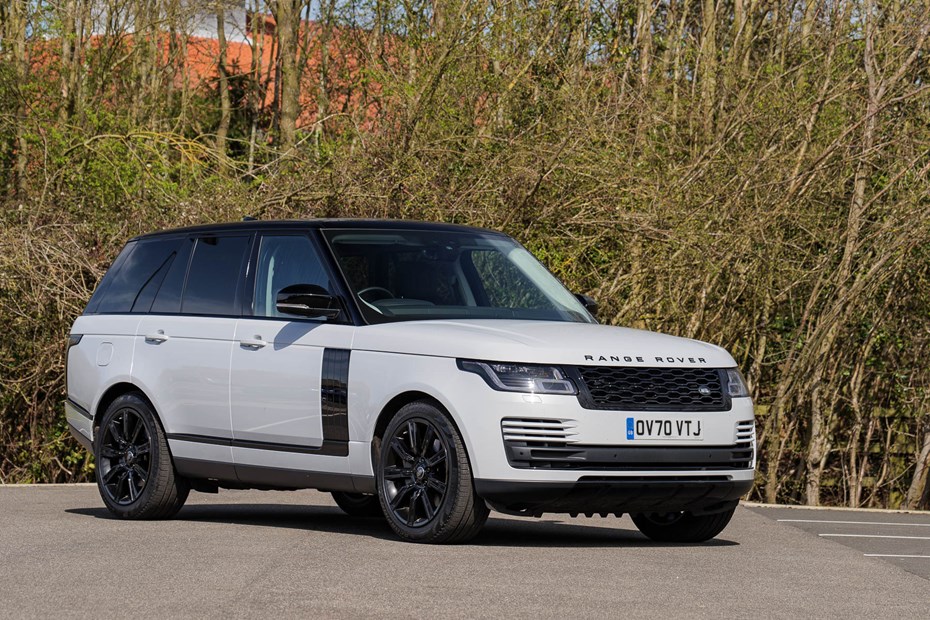
Miles per pound (mpp) ⓘ
| Petrol engines | 2.7 - 3.9 mpp |
|---|---|
| Diesel engines | 3.2 - 4.2 mpp |
| Plug-in hybrid petrol engines * | N/A |
Fuel economy ⓘ
| Petrol engines | 18.6 - 26.4 mpg |
|---|---|
| Diesel engines | 25.1 - 33 mpg |
| Plug-in hybrid petrol engines * | N/A |
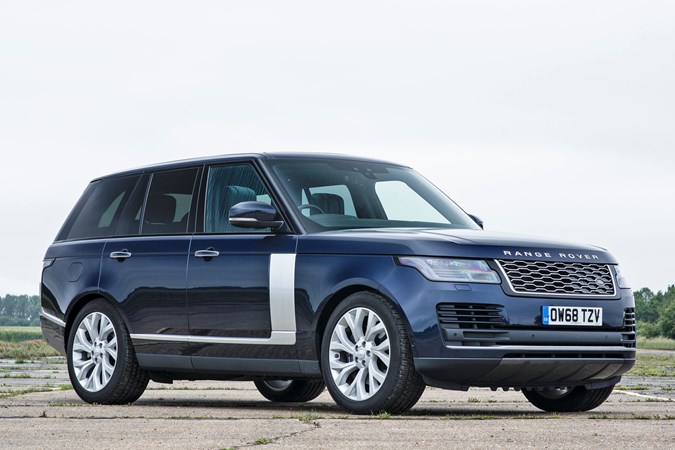
- Thirsty V8 petrol engines
- Plug-in hybrid boasts bold fuel economy claims
- Diesels balance decent performance with frugality
How much does it cost to run?
This is clearly a car aimed at the well-heeled given both the purchase price and running costs. With Land Rover keen to emphasise its blend of off-road capability with the car’s on-road refinement able to compete with luxury saloons, the Range Rover’s running costs could be seen as one price for two cars.
Clearly a large, luxury 4×4 weighing over 2,300kg is not the best way to demonstrate one’s eco credentials. On the plus side the Range Rover’s emissions are significantly lower than the previous model – you just may have to explain how.
It features a lighter all-aluminium body and the mild hybrid system on the 3.0-litre diesel and petrol engines offer a reduced environmental impact than before. It’s hard to notice the mild hybrid tech working as it’s unobtrusive in everyday driving. The stop-start system is smooth and quick to respond, but there’s no specific readout or indication of the system doing its job.
Parts such as brakes and tyres, as well as servicing and insurance will all be expensive on such a large and complex vehicle.
MPG and CO2
Under the latest WLTP tests,
- D300: 30.5-33.0mpg, 225-243g/km CO2
- D350: 28.9-30.8mpg, 241-256g/km
- D350 LWB: 28.7mpg, 244-259g/km CO2
- P400e PHEV: 73.0-84.8mpg, 75-87g/km CO2
- P400e PHEV LWB: 69.9-81.4mpg, 78-91g/km CO2
- P400: 25.0-26.7mpg, 240-256g/km CO2
- P400 LWB: 24.8-26.1mpg, 245-258g/km CO2
- P525: 19.3-20.5mpg, 311-330g/km CO2
- P525 LWB: 19.2-20.2mpg, 315-333g/km CO2
- P565: 18.9mpg, 342g/km CO2
- P565 LWB: 18.6mpg, 342g/km CO2
Expect the hyped-up supercharged V8 to be thirsty and potentially a bit of a tyre-muncher if you maximise the performance on offer. However, drive it sedately and it’s a relaxed, less thirsty engine. On a gentle motorway run, a figure in the 20mpgs is realistic. In truth, if you’re considering one of these, running costs aren’t likely to be much of a concern anyway.
On paper, the P400e plug-in hybrid is the best of the bunch with an electric-only range of 24-25 miles. Be aware that once you’ve used up all of that electrical energy, mpg figues drop to the high 20s and low-30s, resulting in something at the worse end of the miles per pound scale 2.7 - 4.2 mpp. This is the model to pick if you’re attracted by shorter bursts of EV driving and low Benefit-in-Kind bills.
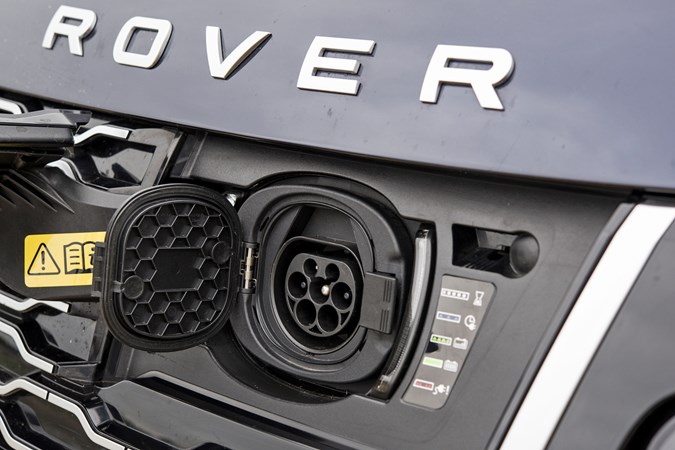
Best all-rounder is the D300 diesel. We managed to beat the official rating with a figure of 33.7mpg, so the official figures are realistic, even if the CO2 emissions will ensure it remains costly to tax.
This was achieved without having to switch into Eco drive mode either, which allows the automatic gearbox to reduces the rate of downchanges when accelerating, letting the engine’s torque do the work and gain speed in a more gradual fashion.
Fuel tank capacity ranges from 86 litres for the diesels, rising up to 91 litres for the PHEV and 104 litres for the thirsty petrols, so you will travel a meaningful distance for every fill-up.
How reliable is it?
- Catalogue of official recalls
- Lots of rust-proof aluminium
- Engines used elsewhere by JLR
If you’d hoped Land Rover would have nailed a raft of problems with its cars by now, then prepare to be disappointed. the DVSA official recall site lists a wealth of maladies that have affected this generation of Range Rover, from fuel leaks, stability problems, braking issues and even the electronic instruments failing. If you’re considering buying a used one, it’s imperative to ensure all of the work has been undertaken.
For newer models it’s likely these issues won’t occur, but given the technical complexity of the cars, you’d be forgiven for being concerned.
Read owner’s reviews on the Range Rover
Much of the engine technology is also on the new side, particularly the four- and six-cylinder Ingenium petrol engines and plug-in hybrid system.
At least it won’t rust as much, thanks to the body and understructure that’s fabricated – expensively – from aluminium.
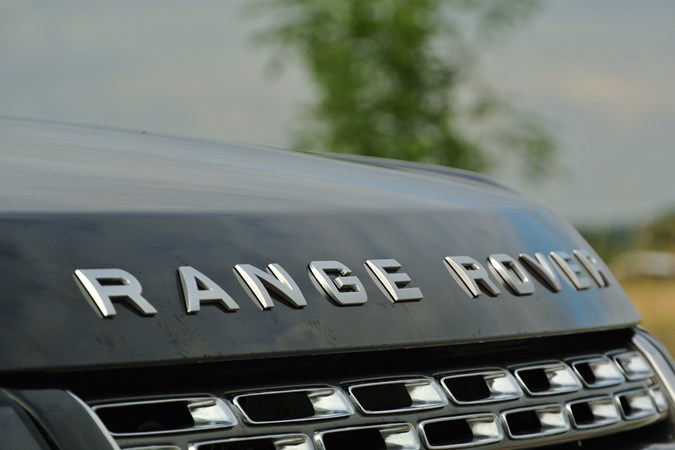
Ongoing running costs
| Road tax | £245 - £735 |
|---|---|
| Insurance group | 45 - 50 |
Get an insurance quote with

|
|



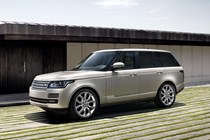
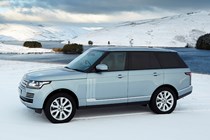
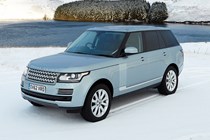
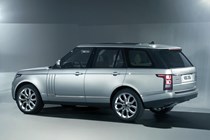
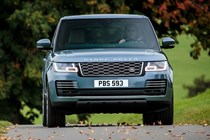
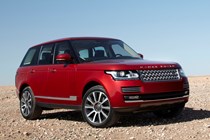
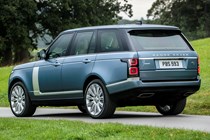
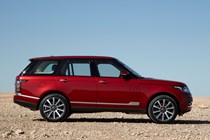
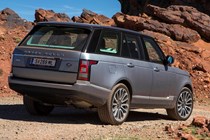
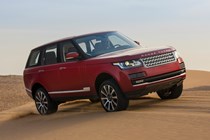
.jpg)
.jpg)
.jpg)
.jpg)
.jpg)
.jpg)
.jpg)
.jpg)
.jpg)
.jpg)
.jpg)
.jpg)

.jpg)
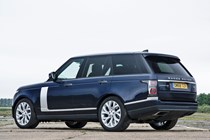
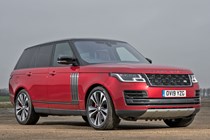
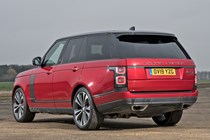
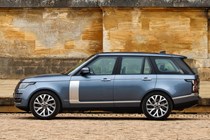
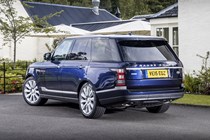
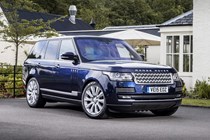
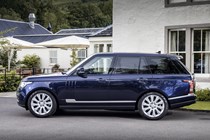
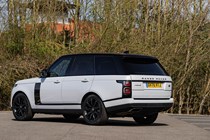


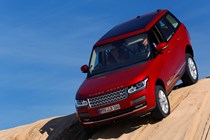

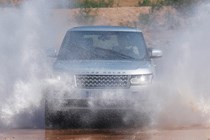
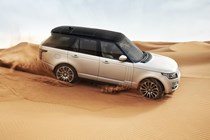
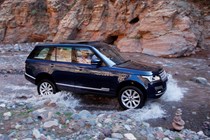
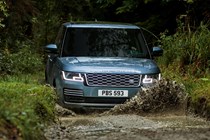
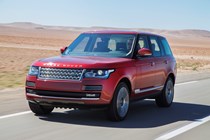
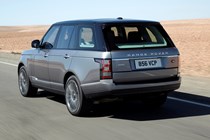
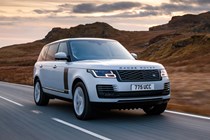
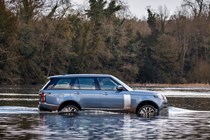
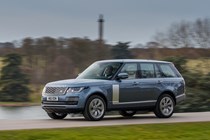
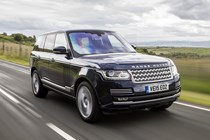
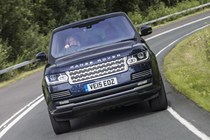
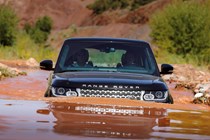
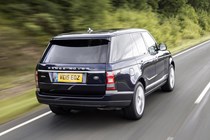
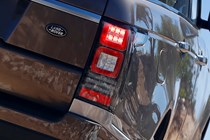
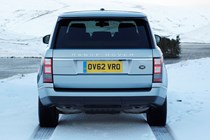
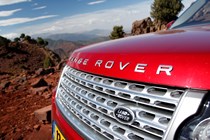
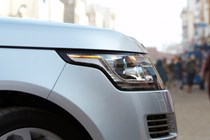
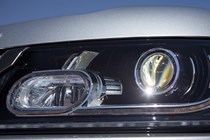
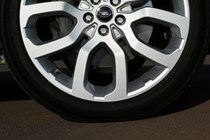

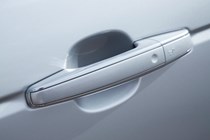
.jpg)
.jpg)
.jpg)
.jpg)
.jpg)
.jpg)
.jpg)
.jpg)
.jpg)
.jpg)
.jpg)
.jpg)
.jpg)
.jpg)

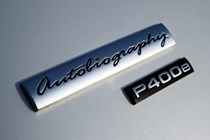

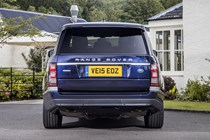
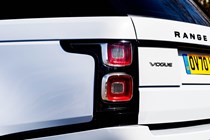
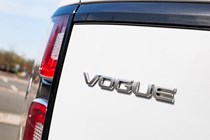
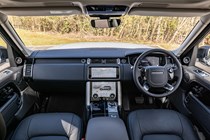
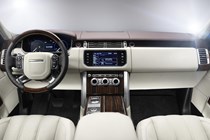
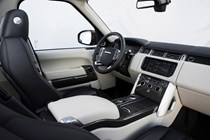
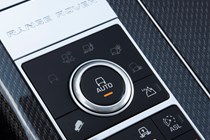
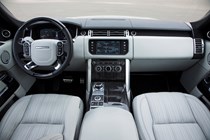
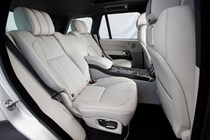
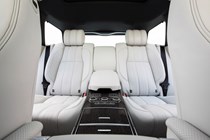
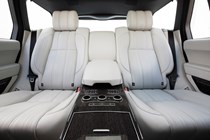

.jpg)
.jpg)
.jpg)
.jpg)
.jpg)
.jpg)
.jpg)
.jpg)
.jpg)
.jpg)
.jpg)
.jpg)
.jpg)
.jpg)
.jpg)
.jpg)
.jpg)
.jpg)
.jpg)
.jpg)
.jpg)
.jpg)
.jpg)
.jpg)
.jpg)
.jpg)
.jpg)
.jpg)
.jpg)
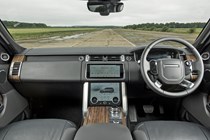
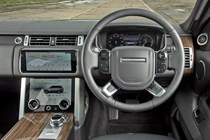

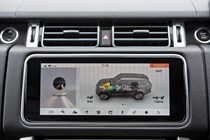
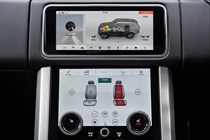

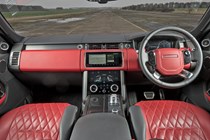
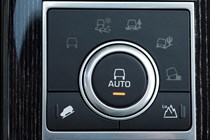
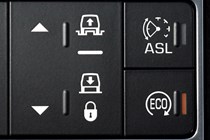
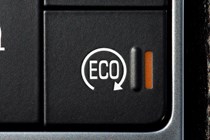
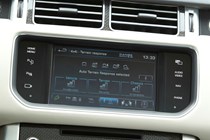
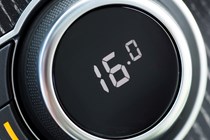
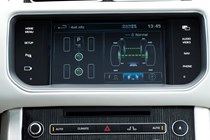
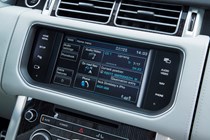
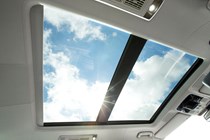
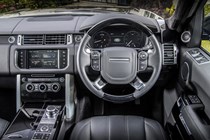
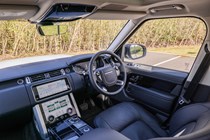
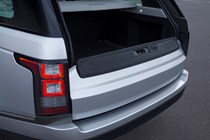
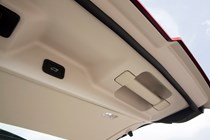
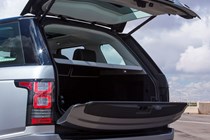
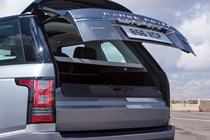
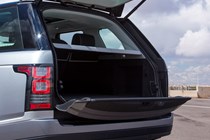
.jpg)
.jpg)
.jpg)
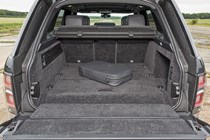
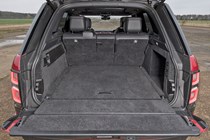
.jpg)
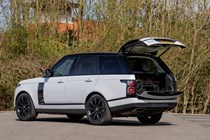
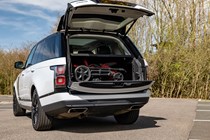
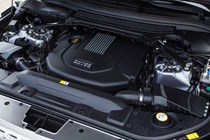
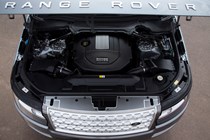
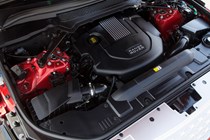
.jpg)
.jpg)
.jpg)
.jpg)
.jpg)
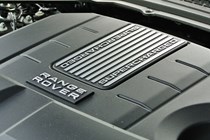











.jpg?quality=50)
.jpg?quality=50)
.jpg?quality=50)
.jpg?quality=50)
.jpg?quality=50)
.jpg?quality=50)
.jpg?quality=50)
.jpg?quality=50)
.jpg?quality=50)
.jpg?quality=50)
.jpg?quality=50)
.jpg?quality=50)

.jpg?quality=50)

































.jpg?quality=50)
.jpg?quality=50)
.jpg?quality=50)
.jpg?quality=50)
.jpg?quality=50)
.jpg?quality=50)
.jpg?quality=50)
.jpg?quality=50)
.jpg?quality=50)
.jpg?quality=50)
.jpg?quality=50)
.jpg?quality=50)
.jpg?quality=50)
.jpg?quality=50)















.jpg?quality=50)
.jpg?quality=50)
.jpg?quality=50)
.jpg?quality=50)
.jpg?quality=50)
.jpg?quality=50)
.jpg?quality=50)
.jpg?quality=50)
.jpg?quality=50)
.jpg?quality=50)
.jpg?quality=50)
.jpg?quality=50)
.jpg?quality=50)
.jpg?quality=50)
.jpg?quality=50)
.jpg?quality=50)
.jpg?quality=50)
.jpg?quality=50)
.jpg?quality=50)
.jpg?quality=50)
.jpg?quality=50)
.jpg?quality=50)
.jpg?quality=50)
.jpg?quality=50)
.jpg?quality=50)
.jpg?quality=50)
.jpg?quality=50)
.jpg?quality=50)
.jpg?quality=50)






















.jpg?quality=50)
.jpg?quality=50)
.jpg?quality=50)


.jpg?quality=50)





.jpg?quality=50)
.jpg?quality=50)
.jpg?quality=50)
.jpg?quality=50)
.jpg?quality=50)
